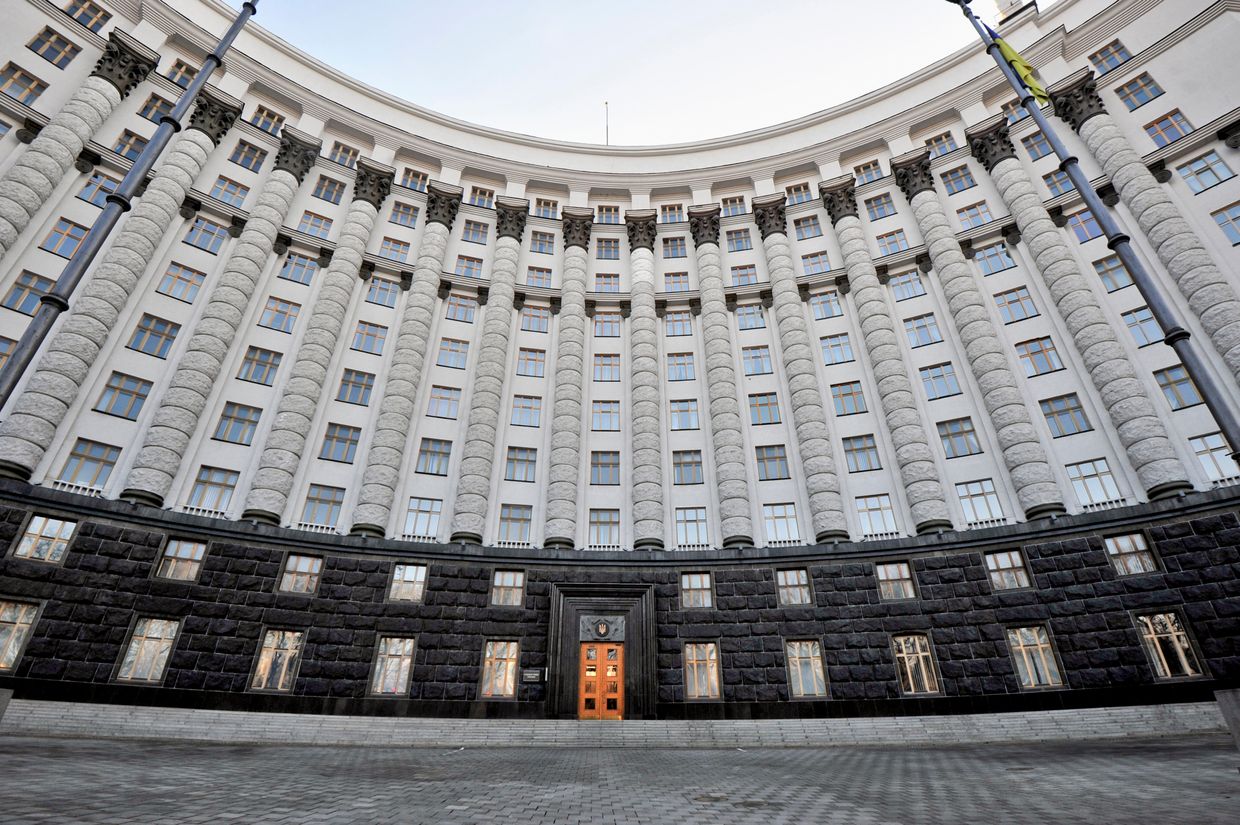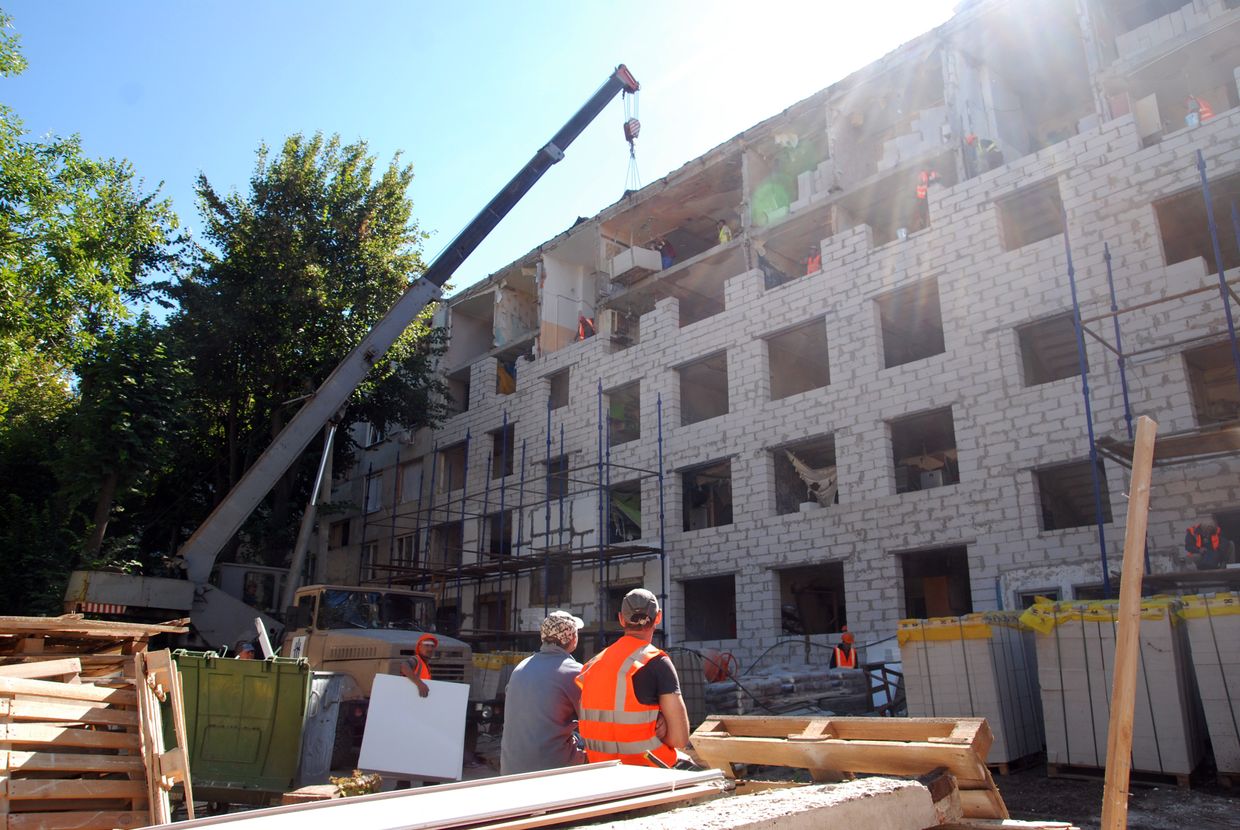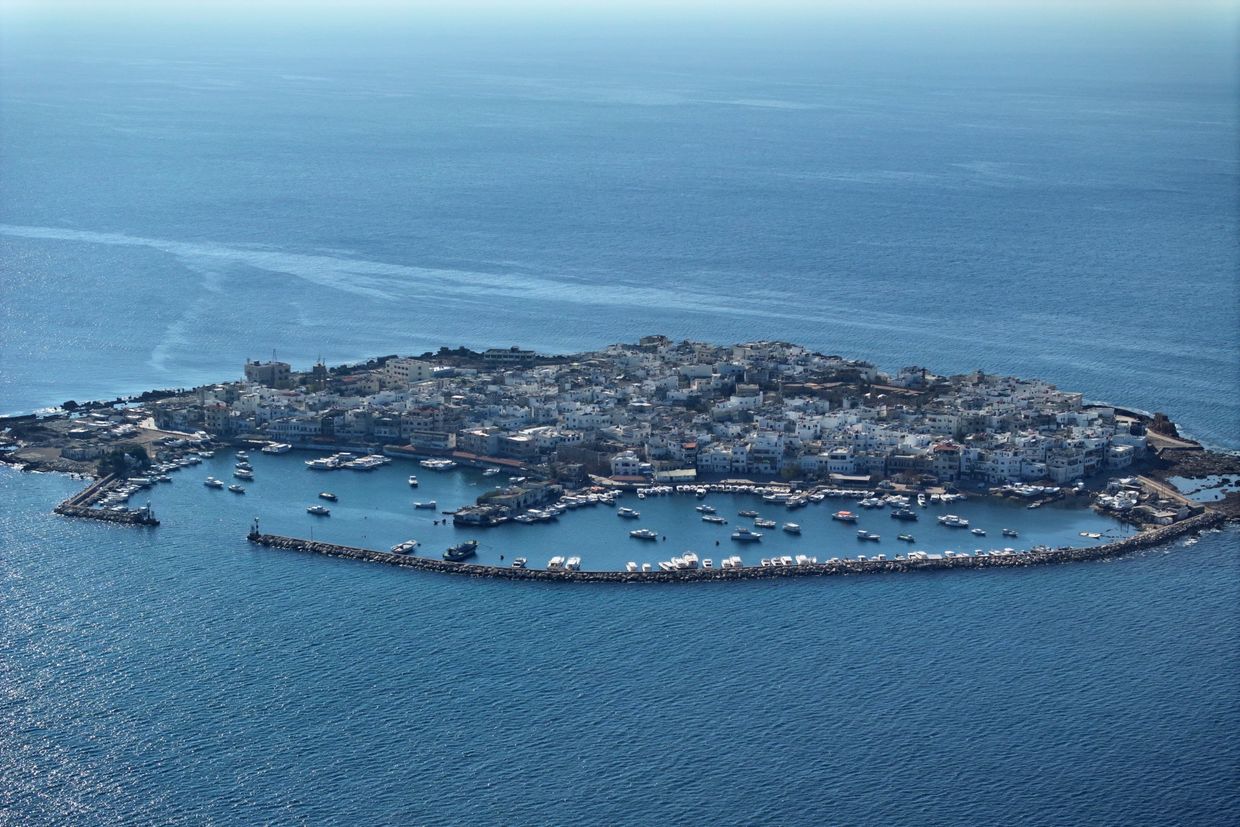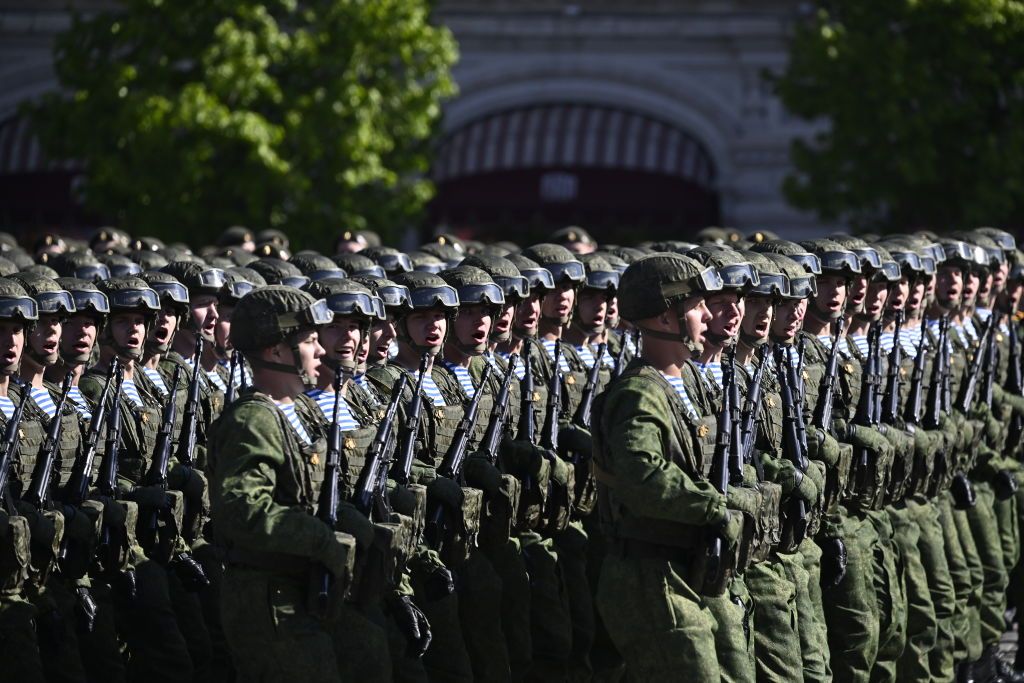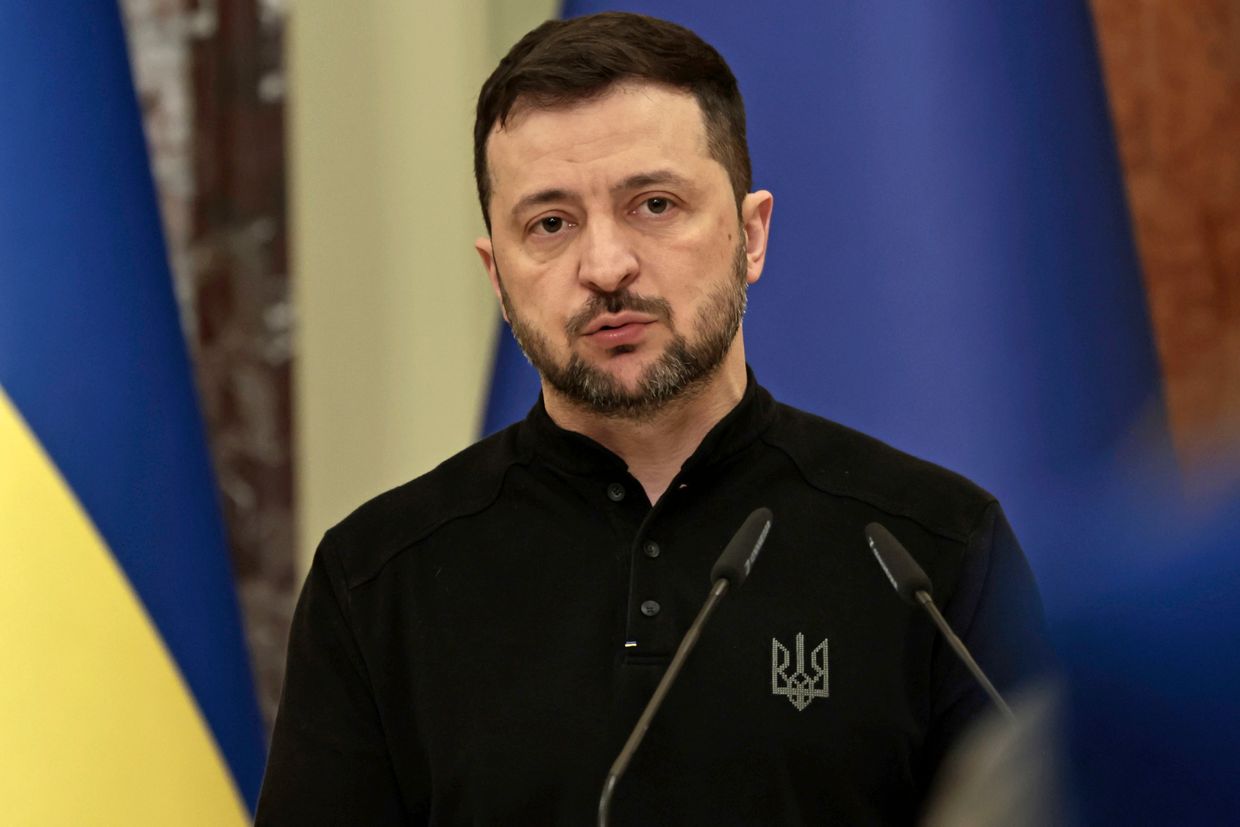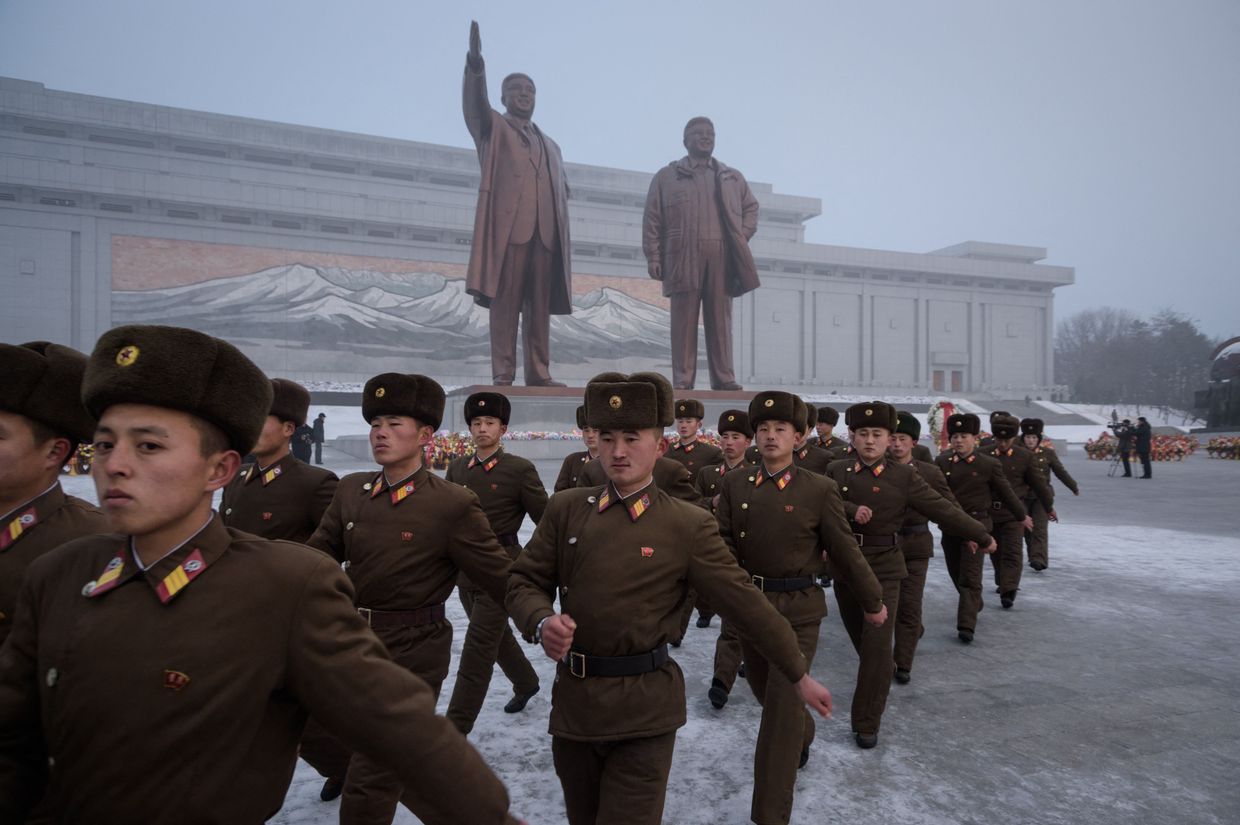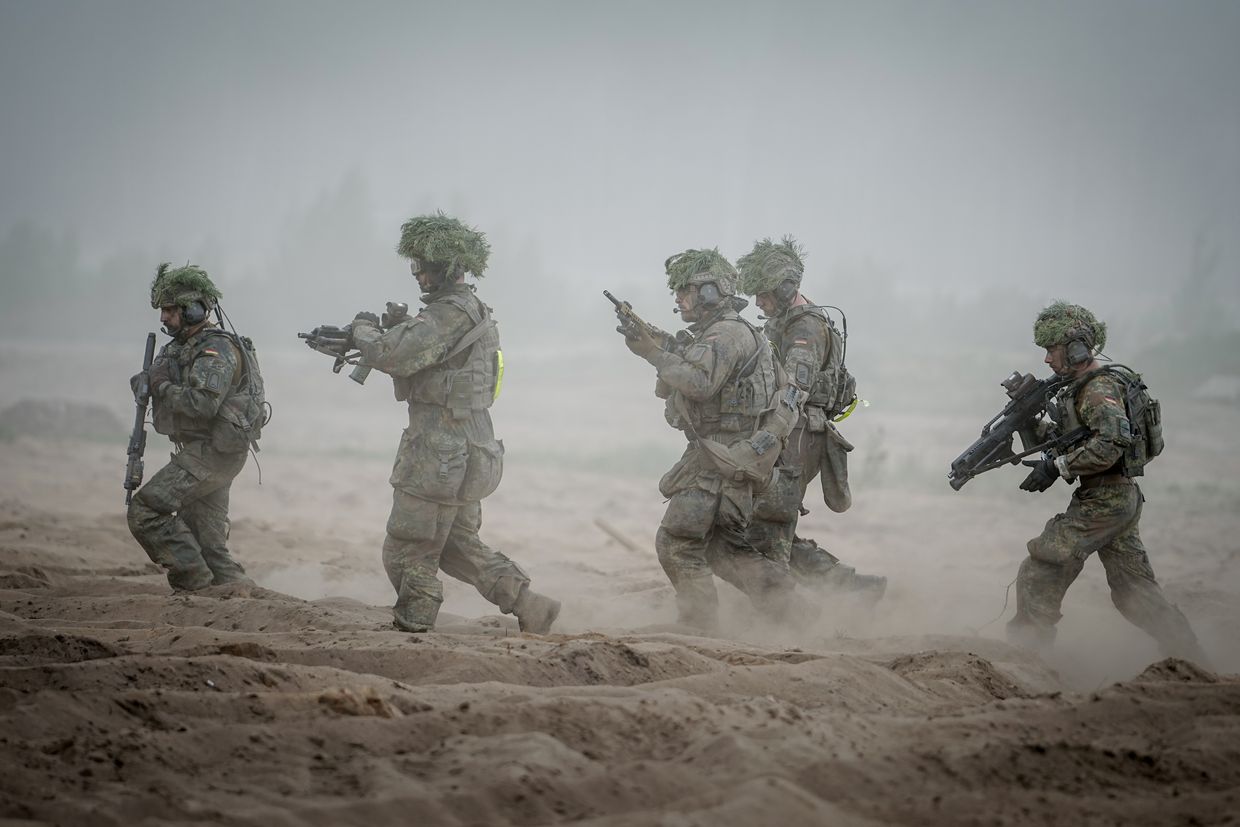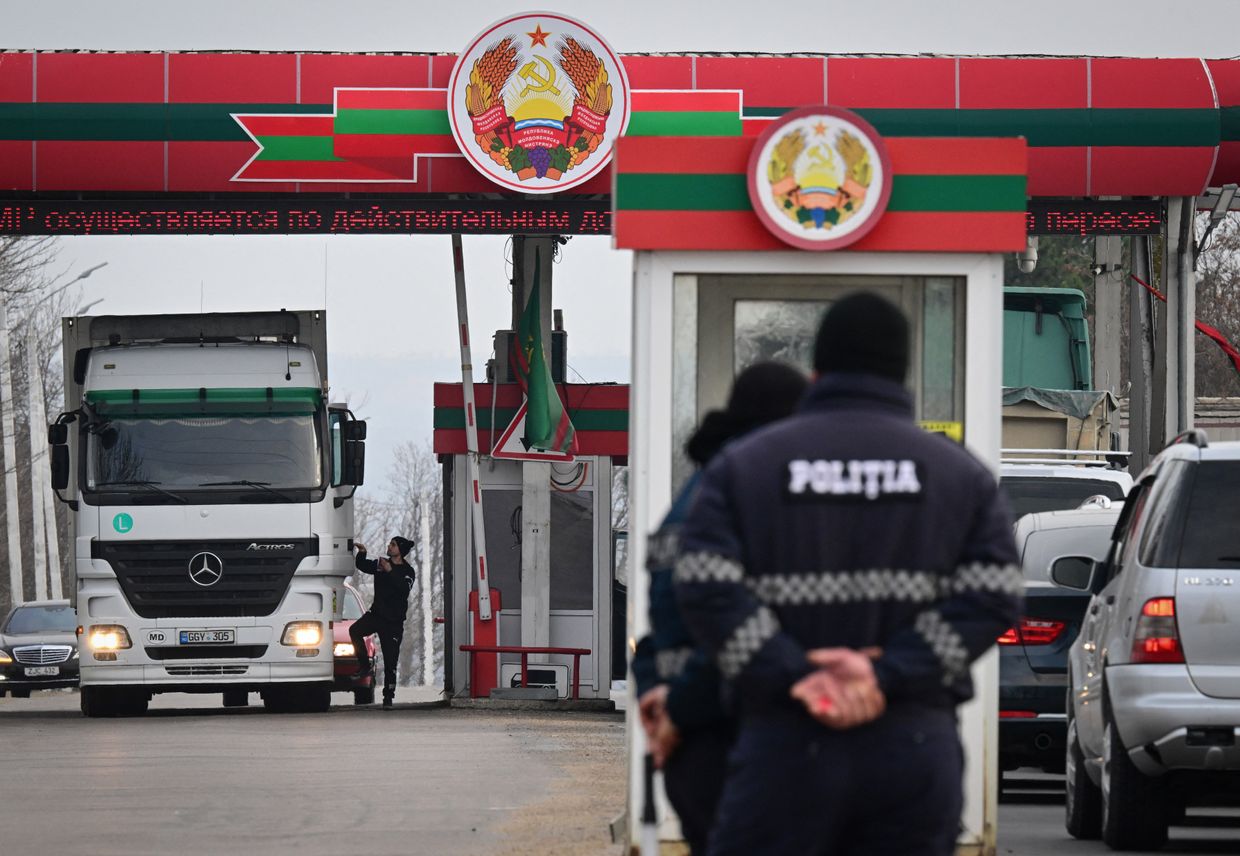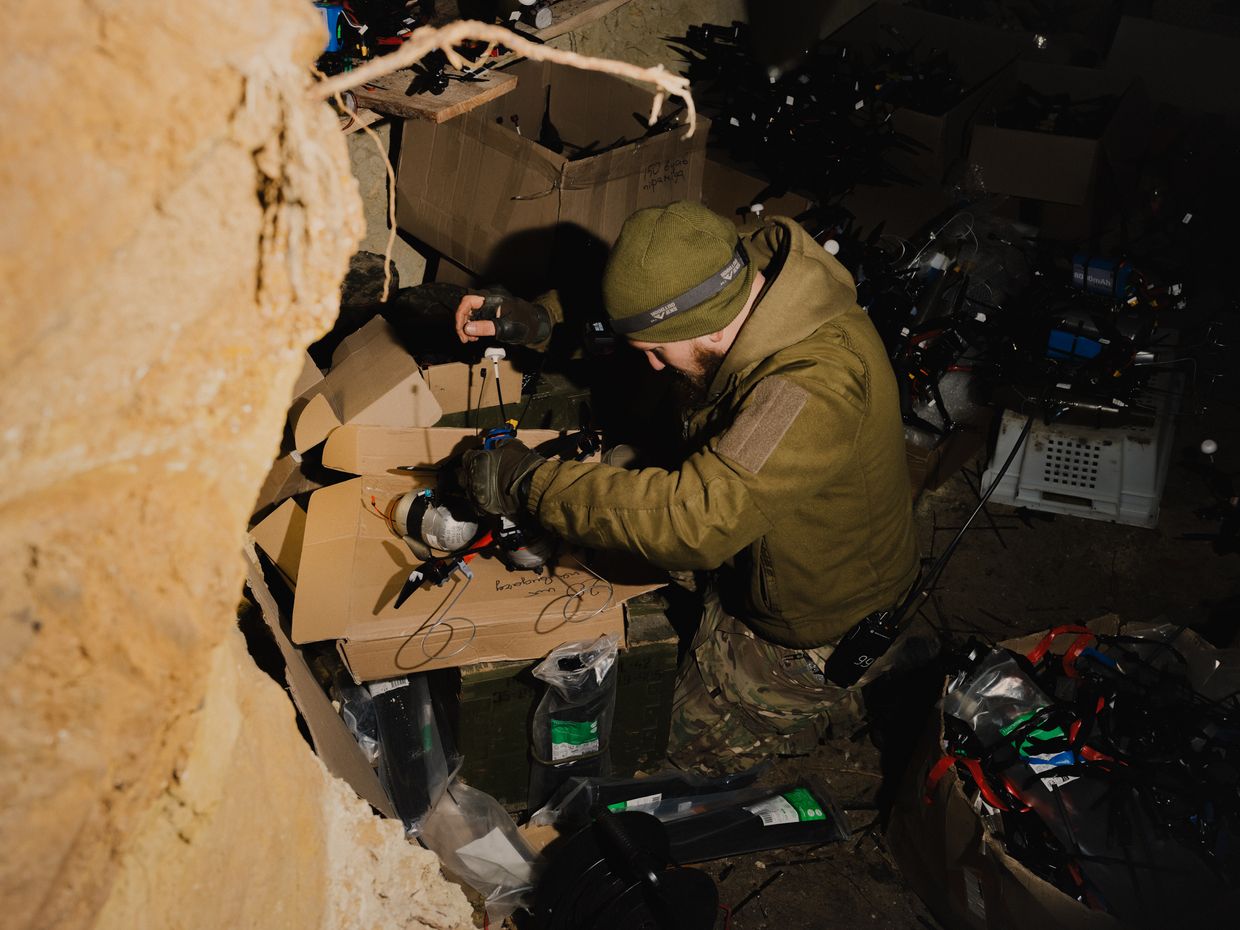Ukraine's economy has adapted well to the realities of the full-scale war while Russia's economy faces increasingly unfavorable forecasts, The Economist wrote on Dec. 18.
Although Ukraine appears to be "winning the economic war against Russia," the outlet's analysis suggests that further development will depend on how Kyiv manages incoming challenges like workforce and resource shortages or Donald Trump's presidency.
Russia's invasion caused a major hit to Ukraine's economy, which suffered a whopping 29.1% fall in GDP in 2022. Since then, the country has made strides in stabilizing the situation, and the GDP is expected to grow by over 4% in 2024 and 2025.
In comparison, Russia faces surging inflation and a falling ruble that forced the central bank to institute a 21% interest rate, the highest level since the early 2000s. Ukraine's central bank also recently raised the interest rate but "merely" to 13.5%.
Russia's expected economic growth is also slowing down, forecasted to grow by 0.5-1.5% next year.
The Economist attributed Ukraine's positive development to the joint efforts of local businesses, the state, and international partners. Ukrainian enterprises have successfully adapted to operating under energy restrictions caused by Russian strikes. Ukraine resumed shipping in the Black Sea despite an attempted Russian blockade, and international support has helped the country's budget stay afloat.
As the full-scale war nears its third anniversary, Ukraine faces "its biggest threats yet" in the shape of labor shortages, energy deficits, and increasingly tight finances, The Economist wrote.
The Group of Seven (G7) countries agreed this year to provide Ukraine with a $50 billion loan backed by proceeds from frozen Russian assets to fund the state's operations and defense needs.
The prospect of further aid nevertheless remains increasingly uncertain amid political instability in major European countries and the incoming Trump administration. The U.S. president-elect has shown little appetite for prolonged support for Ukraine, vowing to bring both sides to the negotiating table and quickly end the war.
Kyiv's problems are multiplied by unfavorable developments on the front. Russia currently holds the upper hand on the battlefield, advancing at a rapid pace in Donetsk Oblast while Ukraine struggles to replenish its ranks to hold back more numerous Russian forces.
